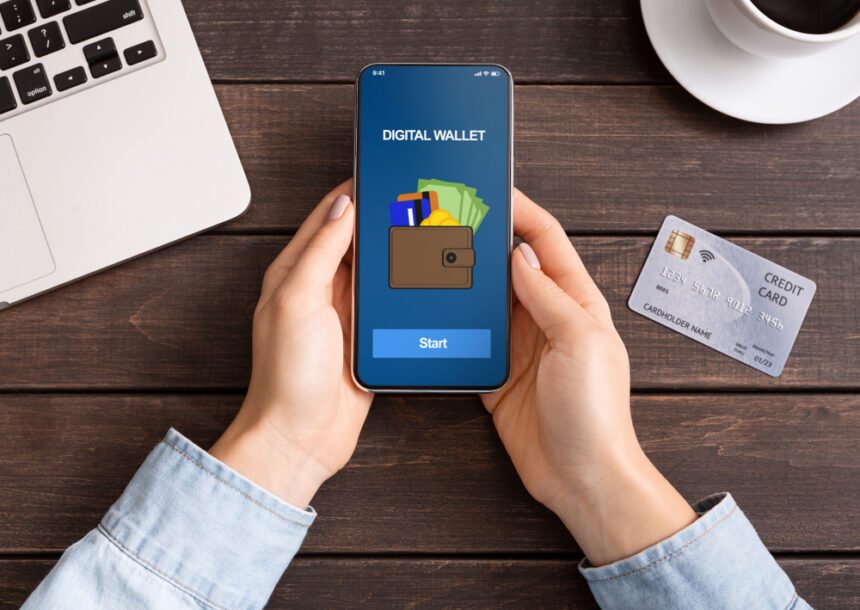Data has become an essential asset for companies everywhere. The financial sector has been one of the most affected industries.
By interpreting and analyzing the data, organizations can understand and predict trends, improve security and make data-driven decisions. Big data and the artificial intelligence technologies used to leverage it can go beyond market predictions, and you can use data to improve working processes and optimize your return on investment (ROI). In this post, we’ll explore how organizations can leverage big data and AI instruments to improve their ROI.
How Big Data is changing the finance and retail scene
Let’s start with a use case. Typically, finance and retail sectors face challenges in optimizing their ROI. In retail, in particular, although it is always possible to reach the customer, doing it with the minimum spending of time and money is a challenge. Leveraging big data helps by aggregating information about customer behavior and making predictions about it, which helps target promotions.
The finance sector, specifically banks, is using big data analytics to understand transactions and payments and help customers. Banks are transitioning into data-driven organizations, using big data solutions to expand their offers to digital wallets. Big data is helping banks to tie their offers beyond the typical bank card, transforming digitally and making payments more secure and simple for their users.
The benefits of big data analytics for business are not only for financial and retail. Data analytics improve efficiency, performance, and productivity for every organization, regardless of size. One-way big data technologies are helping companies is by simplifying payment processing.
Data analytics simplifies and personalizes payment methods
Two technologies are spreading due their convenience and security: virtual cards and e-wallets.
What are Virtual cards?
A virtual card consists of a randomized credit card number that is used for payment and purchases. Companies use this unique 16 digit number for B2B payments and employee expenses. A virtual card program offers a secure payment product that can be redeemed instantly. Virtual cards are also a savvy way for data-savvy companies to manage corporate expenses.
Companies like meshpayments.com offer a way to simplify corporate payments without corporate cards. Processes typically time-consuming, like credit card payment reconciliation, are automated and simplified. In addition, virtual cards integrate seamlessly with ERP and internal accounting systems via new data-driven capabilities.
E-wallets
An e-wallet is an application that uses complex data algorithms to enable you to make online payments with an email address and a password. You can link the e-wallet to one or more accounts or cards and then spend money online without sharing sensitive information. Examples of e-wallets are Paypal, Google, and Apple Pay. In some cases, you can use the e-wallet to pay for in-store purchases if the application is installed on your phone.
E-wallets are convenient since they can store money, loyalty cards, credit cards, driving license and other details. You can use them online and for in-store payments. The latter is still not universally adopted so it is sort of a downside. They are not really useful for business payments because they don’t integrate well with internal accounting and ERP systems.
How virtual card numbers impact B2B payments
Companies are leveraging data to improve processes, streamline workflows and reduce costs. One area that can be significantly improved with virtual cards is payments processing. Processing payments, expenses, and invoice reconciliation are some of the biggest time-consuming activities.
Organizations across industries need to reconcile an increasing number of expense payments and purchases. More data involves more time employees need to spend matching records, more errors, and more overhead costs. When using credit cards or cheques reconciling transactions requires a lot of manual intervention and it is a pain point for many organizations
One of the benefits of using virtual card numbers is the automation of the B2B payments process. Usually, virtual car numbers are single-use. That means, the identifier is unique and linked to a specific transaction, supplier, and amount. VCNs provide security at a granular level that is not available for traditional credit card transactions. You can set company-specific information like cost and project code, amount of the transaction, and timeframe.
Benefits
Some of the advantages of virtual credit cards that rely on big data include:
- Safety: since there are no physical cards, transactions are more secure than credit cards. This reduces the risk of payment fraud and prevents sharing cards among employees by using the best big data capabilities.
- Better cash flows: it is a faster payment method, therefore, giving more insights and control over the company’s cash flow. Virtual payments optimize the working capital of your company by processing payments immediately. This prevents accounts payable teams to hold on to funds for longer than needed.
- Budget management: virtual cards enable organizations to manage their expenses budget. You can allocate spending in different virtual cards, so you can deal with multiple payment accounts.
Considerations
Virtual cards can have a bit of a downside since vendors need to accept this type of payment to work. Additionally, it depends on the type of big data technology vendors use.
Big Data has made virtual cards and e-wallets highly effective payment management options
Big data has significantly changed our approach to payment management. Virtual cards are one of the most effective ways to optimize payment management for organizations. A virtual cards platform enables the automatic generation of virtual card numbers, integrating it with internal accounting and resource management systems. Ultimately, implementing virtual cards helps better manage and control corporate spending, improving the ROI.

